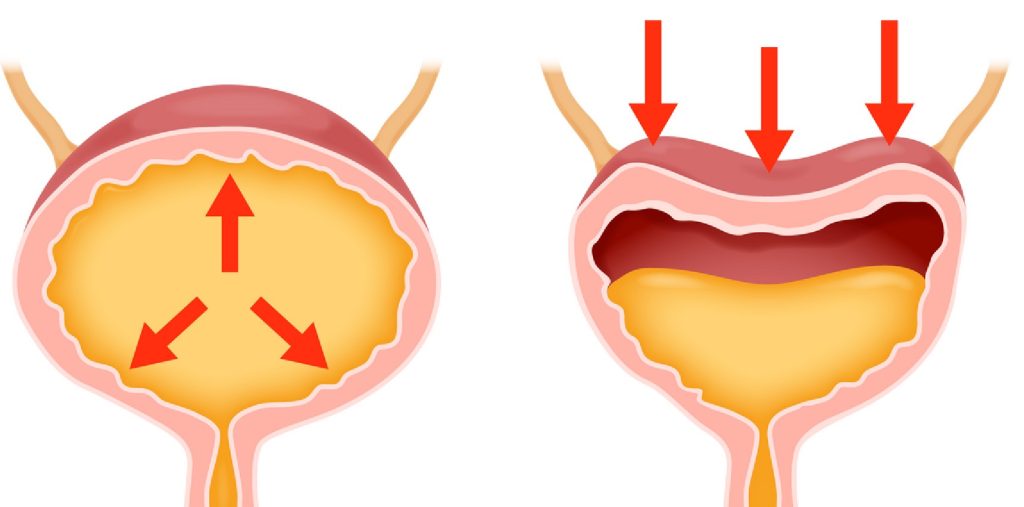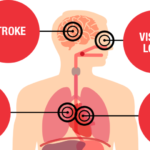The embarrassing issue is urinary incontinence, also known as bladder leakage or the loss of bladder control. In some cases, it’s a straightforward problem, while in others, it serves as a symptom of a chronic ailment. For instance, a study revealed that a mere two and a half million individuals in the United States are grappling with this issue.
Classification of Urinary Incontinence
There are four primary types of urinary incontinence:
Stress Incontinence: This occurs when pressure is exerted on the bladder for any reason, leading to urine leakage. Stress incontinence can manifest when sneezing, coughing loudly, laughing vigorously, or lifting heavy objects.
Urge Incontinence: Characterized by a sudden, uncontrollable urge to urinate, often resulting in rapid urine release. This problem tends to be more pronounced at night and can stem from infections. However, it’s commonly associated with neurological disorders or long-term uncontrolled diabetes.
Overflow Incontinence: This issue arises when the bladder fails to completely empty. Urine is retained within the bladder and is released gradually, drop by drop.
Mixed Incontinence: It’s possible for more than one of the aforementioned types to coexist. Frequently, stress and urge incontinence occur simultaneously.
This problem may be transient on occasion. However, if it becomes recurrent and significantly impacts one’s social interactions or work, seeking treatment is advisable.

Causes of Temporary Urinary Incontinence
Temporary bladder leakage can often be attributed to lifestyle and diet factors. Overconsumption of alcohol, caffeine, carbonated beverages, artificial sweeteners, chocolate, spicy foods, and chili can trigger this problem. Excessive vitamin C intake can also induce temporary urinary incontinence. Urinary Tract Infections (UTIs) can lead to a burning sensation in the bladder and a frequent urge to urinate without proper urine passage. Constipation can also influence urination due to the connection between nerves and bowel movements, potentially leading to increased urination frequency.
Persistent Urinary Incontinence
Following pregnancy or childbirth, this problem might persist for a period. Pregnancy-related stress can contribute to this issue, while natural childbirth can damage bladder nerves and weaken urine control muscles, resulting in intermittent urine release. Performing pelvic floor exercises can often alleviate this concern. Additionally, permanent urinary incontinence can arise with age, particularly in women experiencing menopause and men with prostate enlargement. The reduced production of estrogen during menopause affects bladder and urinary tract health, potentially leading to incontinence due to tissue damage. In some instances, the presence of a tumor in the urethra or bladder can cause obstruction and leakage, as can urinary stones. Complex diseases like neurological disorders, uncontrolled diabetes, Parkinson’s, or stroke can also contribute to persistent urinary incontinence.
Complexities of Urinary Incontinence
Uncontrolled urine output can lead to skin damage and increased bacterial infections. Prolonged urine retention may lead to UTIs. Moreover, this problem significantly impacts an individual’s personal, social, and professional life.
Prevention and Treatment of Urinary Incontinence
Urinary incontinence is treatable, but prevention is the optimal approach. Embracing a healthy lifestyle, maintaining a healthy weight, avoiding bladder-irritating substances like caffeine and alcohol, and consuming high-fiber foods can be helpful. While urinary incontinence doesn’t vanish overnight, consulting a doctor is recommended if it frequently disrupts your daily life.
Source: Mayo Clinic





















